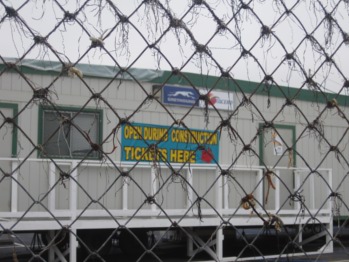1. See a movie: From Mexico with Love starring Angélica Aragón, Steven Bauer and Kuno Becker. Synopsis: A washed-up trainer takes a self-destructive young boxer under his wing. Playing at the Edwards South Gate Stadium 20 & IMAX, 8630 Garfield Ave, South Gate. Movie times (PM): 1:55, 4:20, 7:25, 10:05.
2.Grab a bite: Dinner at Natural Soul Food (1444 W Martin Luther King Jr Blvd, tel: (323) 309-4230), desert at Harriet’s Cheesecakes (1515 Centinela Ave, Inglewood, tel: (310) 419-2259) and breakfast at The Serving Spoon (1403 Centinela Ave, Inglewood, tel: (310) 412-3927).
 3. Get smart: Race: Are We So Different? This exhibit at the California Science Center, Exposition Park, explores the science behind race.
3. Get smart: Race: Are We So Different? This exhibit at the California Science Center, Exposition Park, explores the science behind race.
4. Get down: Poet’s Jazz House, 3335 W. 43rd Place, Leimert Park.
5. Take it in: The Museum of African American Art, Baldwin Hills Crenshaw Plaza, 4005 Crenshaw Blvd.
















